
by California Casualty | Auto Insurance Info |
There’s nothing quite like that new car feeling. If you’re going into the new year with a new ride, you can take steps to make sure it runs and looks great for years to come. By maintaining the interior, exterior, and engine, you’ll not only keep it looking new, but also ensure that it’s safer on the road, costs you less in repairs, performs optimally, and holds its resale value.
Here are 30 quick tips to keep your car ageless.
Protect the Interior
1. Use windshield screens to protect your interior from UV rays and to keep internal temperatures down (direct light and high temps dry out and fade interiors fast!).
2. Regularly run your A/C to keep it in top working condition – 10 mins every week should do the trick. Same for the defroster.
3. Have a trash receptacle in the car, which can help prevent stains, spills, and loose trash.
4. Clean the interior – seats, dash, carpets, door panels – at least once a month.
5. Vacuum weekly, using a handheld vac with an attachment.
6. Although sometimes difficult at the beginning, but makes a huge difference over time: try implementing a rule of banning greasy, oily, creamy, or crumbly foods from the car.
7. Replace any floormats that are wearing through – as soon as holes form, your carpet underneath is at risk of damage.
8. Remove stains immediately – don’t wait! The sooner you get to them, the easier they come out.
9. Get your A/C serviced after several years – when not checked, it can cause a moldy smell that settles into your car’s upholstery for good.
10. Apply protective conditioners to leather and vinyl seats and the dash to keep them protected from sun exposure. Think of them as sunscreen for your car.
Don’t Forget the Exterior
11. Wash your car weekly to rid it of dust, mud, and dirt. Go to your local car wash or, if washing at home, only use cleaners formulated for cars.
12. Wax at least twice a year – not only does this keep your ride shiny but it helps protect your paint from UV rays.
13. Repair windshield chips immediately. Waiting can give them time to spread, causing unsafe conditions and requiring a more expensive windshield repair.
14. Only use microfiber towels on your car’s interior and exterior. Other fibers, as well as paper towels, may scratch or damage surfaces.
15. Garage (or cover) your car if possible. This keeps it safe from UV rays, the errant baseball, bird droppings (which can etch paint), car thieves, and a host of other risks.
16. If you can, get professional detailing done annually. The pros do an amazing job and, over time, regular detailing boosts your vehicle’s resale value.
17. Check tire pressure monthly and adjust as needed according to the PSI listed in your owner’s manual. Under- and over-inflated tires increase your chances of a roadside emergency. While you’re checking pressure, inspect tires for bulges, cracks, and other damage.
18. Get tires rotated and have the alignment checked on schedule.
19. Clear leaves and other debris from the windshield exterior grill so as to not clog up the A/C system.
20. Touch up paint chips to discourage rusting.
21. Use a clay bar to get rid of road debris that doesn’t come off with washings.
22. Only use window cleaners that are safe for car windows – only vinegar mixes or special car formulas, nothing ammonia-based. And use microfiber towels rather than paper ones.
Maintain the Engine
23. Stick to your service schedule – trusted mechanics know what to do at the right time.
24. Keep revs under 3,000 – this will keep your piston rings happy and healthy.
25. If your check engine light comes on, get it checked! Most of the time, it’s something insignificant, but other times could signal a major problem.
26. Check oil regularly, even if you get it serviced professionally. Oil is your car’s lifeblood – best to err on the side of checking too often.
27. Drive your vehicle regularly – it keeps the battery charged and the fluids circulating. Start it at least once or twice a week and leave the engine running for 20 to 30 minutes to power the battery.
Don’t Forget To:
28. Get to know your owner’s manual. Know what the indicator lights mean, look at the maintenance schedules, know what kind of oil is recommended, and memorize your tire PSI.
29. Get fixes done sooner rather than later. Procrastinating on car repairs or service can multiply problems later on.
30. Make a habit of doing a visual check of your car each time you approach to get in. Whether it’s a low tire, a ding, or a back-up hazard, knowing what’s going on with your car at all times gives you the info needed to plan and act.
The more TLC you give your car, the more rewards you’ll reap in terms of safety, cost savings over time, and a steady resale value. Plus, there’s that “proud parent” feeling of having a car that both runs and looks great for years on end!
Now that you know everything to do to keep your car in tip-top condition, check out what you definitely shouldn’t do. Here are the10 Worst Things You Can Do To Your Car.
This article is furnished by California Casualty, providing auto and home insurance to educators, law enforcement officers, firefighters, and nurses. Get a quote at 1.866.704.8614 or www.calcas.com.
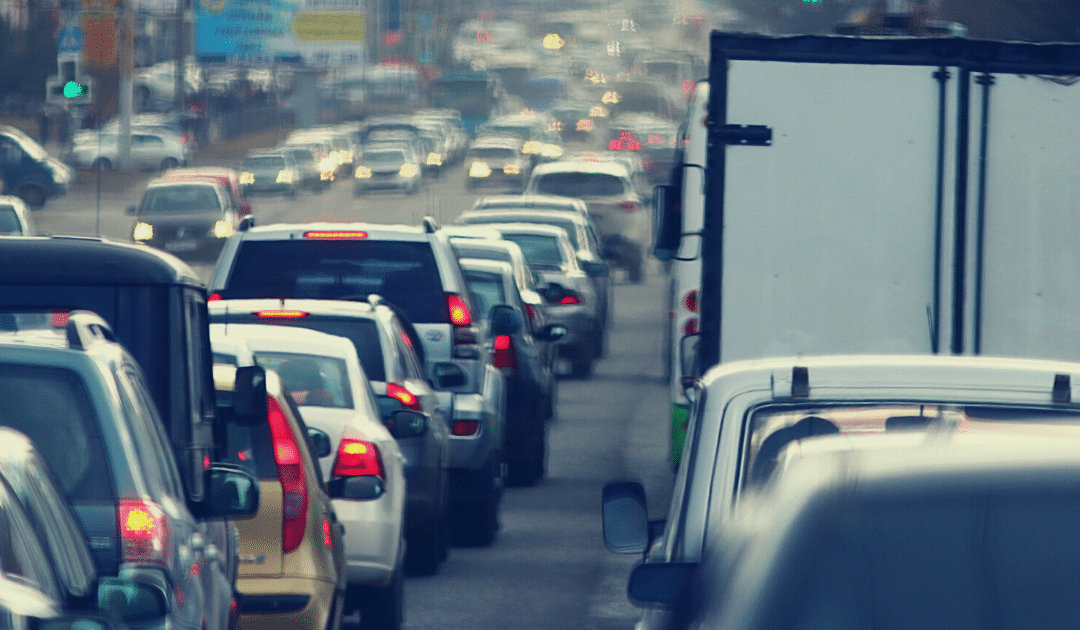
by California Casualty | Auto Insurance Info, Safety, Travel |
The holidays are HERE, and unfortunately so is the holiday traffic. As millions hit the road to travel near and far this holiday season roadways will quickly become overly congested, traffic delays more frequent, and holiday road rage will start to set in for many drivers.
If you are like the thousands of Americans hitting the road this season, follow our holiday traffic safety tips below.
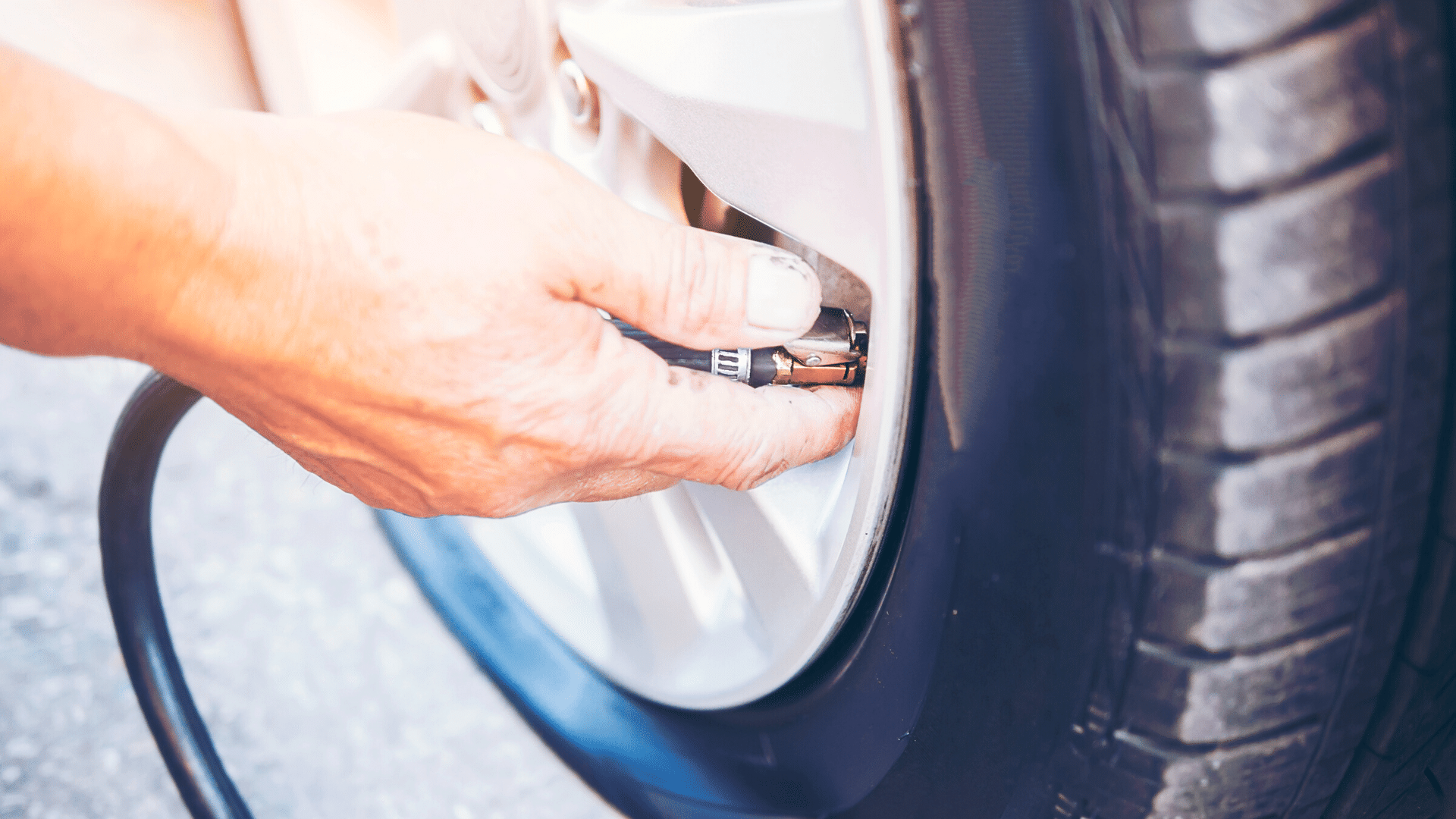
1.Plan Head
Before you hit the road make sure your vehicle is properly maintained and ready for the trip. Plan out your route ahead of time, and if it’s possible, avoid driving through areas you know will be jammed with holiday traffic. Before you head out it’s also a good idea to check the forecast and plan ahead for inclement weather. Don’t forget to pack your emergency car kit!
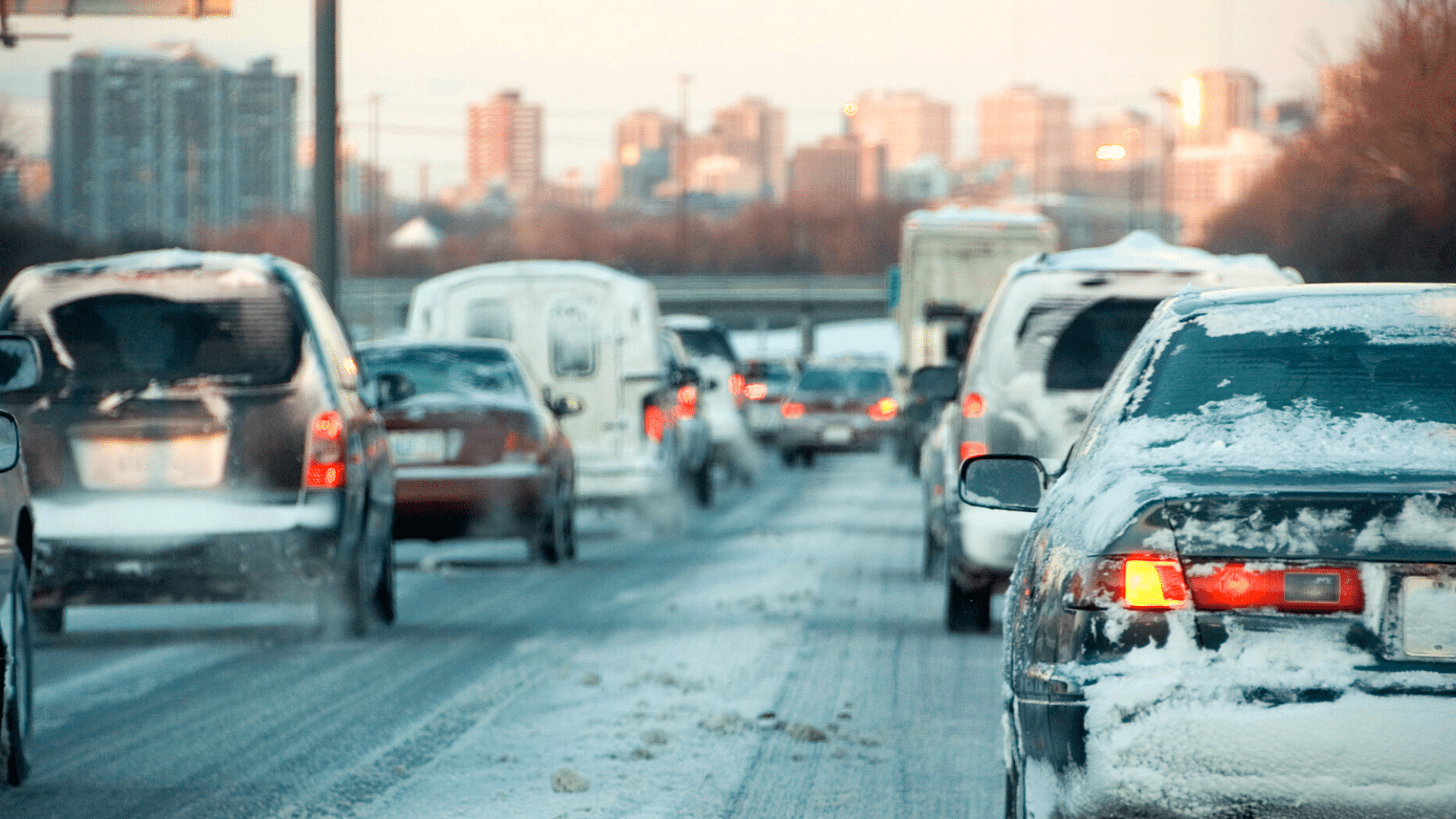
The more traffic, the higher the chance for an accident. It’s important not only to drive safely, but also to keep an eye on other drivers. In holiday traffic jams always expect the unexpected, watch for drivers cutting you off, slamming on their breaks, speeding up and slowing down, etc. Be prepared for anything, and always stay attentive behind the wheel.
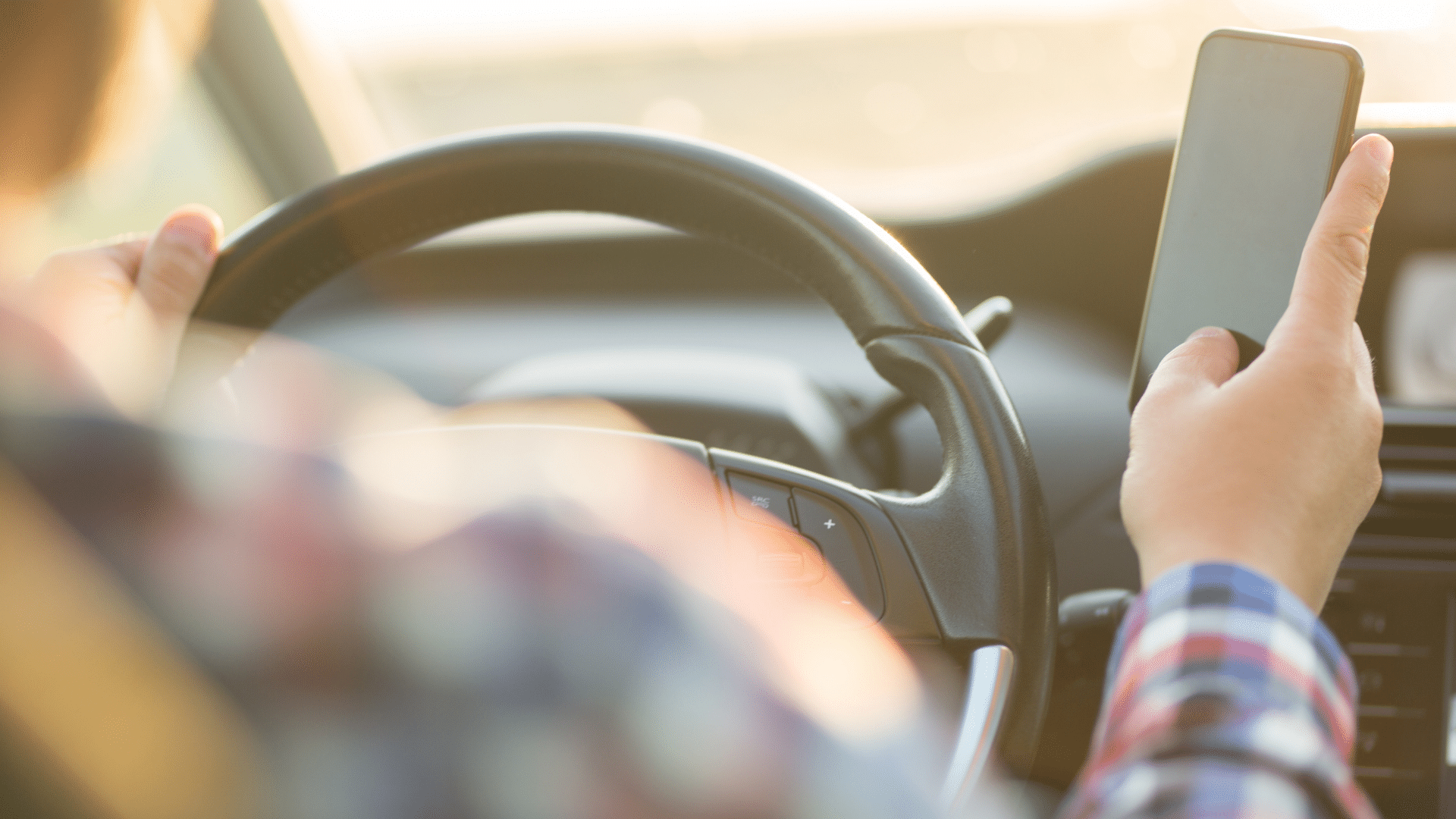
3. Avoid Distractions
Distracted driving causes thousands of fatal traffic accidents every single year. Add in holiday traffic and distracted driving becomes even more dangerous and deadly. We know it can be hard to avoid common distractions like your phone, especially when you are driving long distances by yourself, but it’s important for your safety that you keep your eyes on the road and your hands on the wheel at all times.
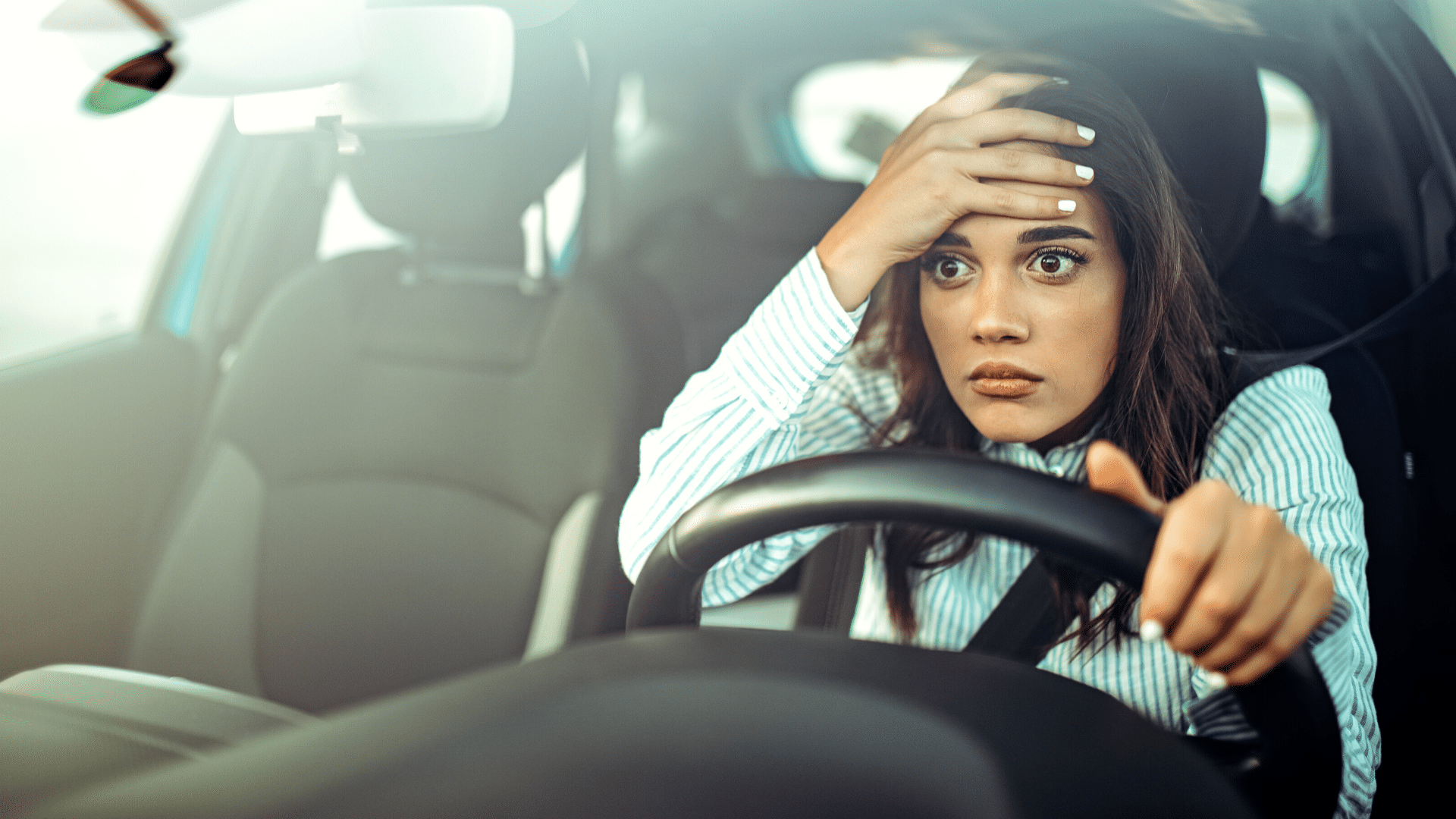
4. Keep Your Cool
If someone makes a decision that makes you angry when you are driving, try not to let it affect you. This may be hard, but getting angry doesn’t solve anything. Road rage is a form of distracted driving because you cannot think clearly. If you start to feel yourself becoming angry or anxious try listening to music, taking deep breaths, and remember there is nothing you can do about other driver’s decisions or to make traffic move quicker- so stay calm.
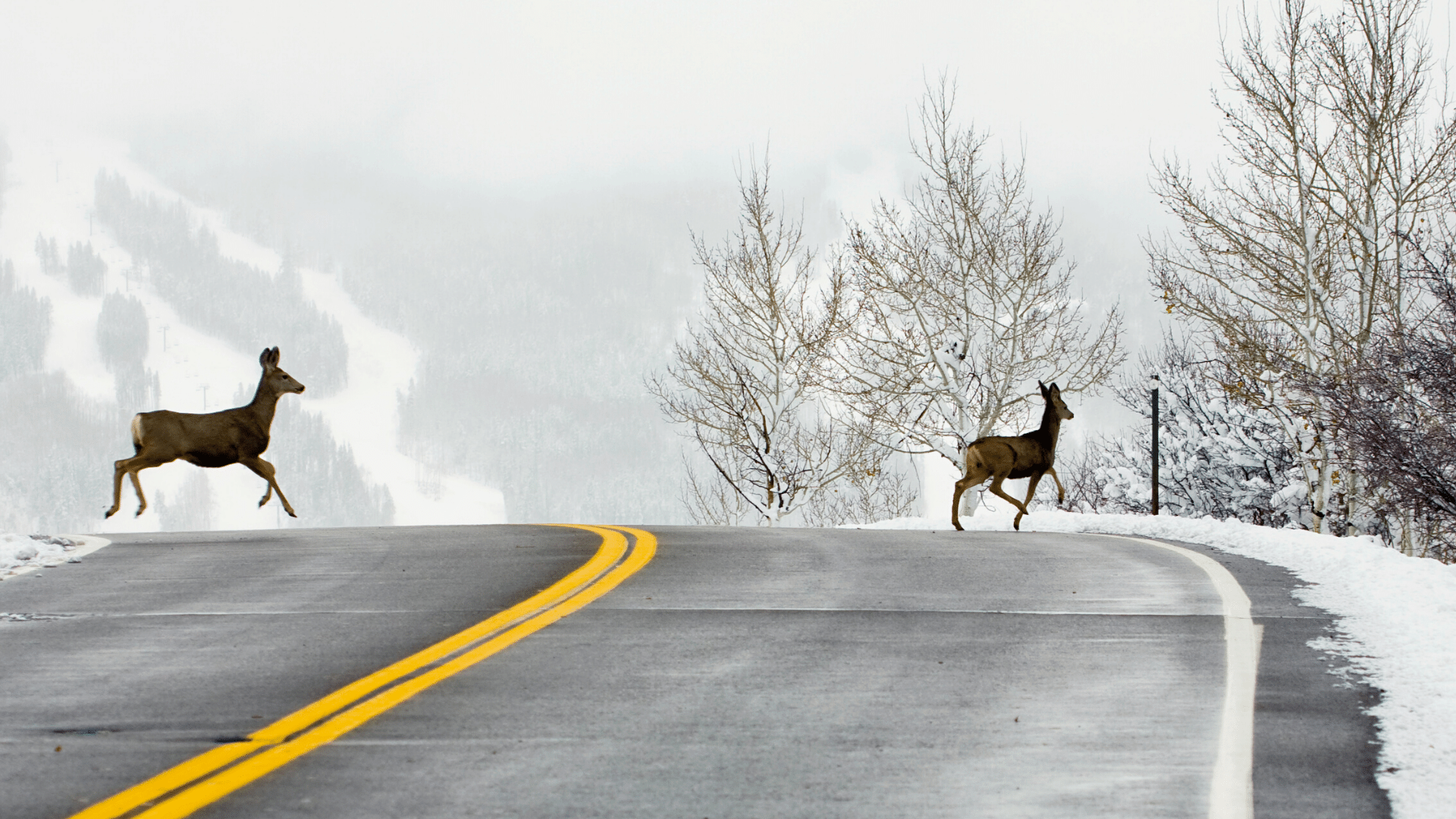
5. Watch for Animals
Deer move with cold fronts. This means as the temperature continues to drop and as we get closer to the end of the year, the likelihood of seeing or hitting a deer increases. Hitting a deer, or any other animal, can total your vehicle, hinder your plans, and even cause serious injury (or death). Stay alert and watch for animals, especially if you choose to travel in rural areas at night.
If you plan on making multiple stops or staying at any hotels during your trip, be sure to follow our Traveling Safely During the Pandemic guide.
Safe travels and Happy Holidays! 🙂
This article is furnished by California Casualty. We specialize in providing auto and home insurance to educators, law enforcement officers, firefighters, and nurses. Get a quote at 1.866.704.8614 or www.calcas.com.
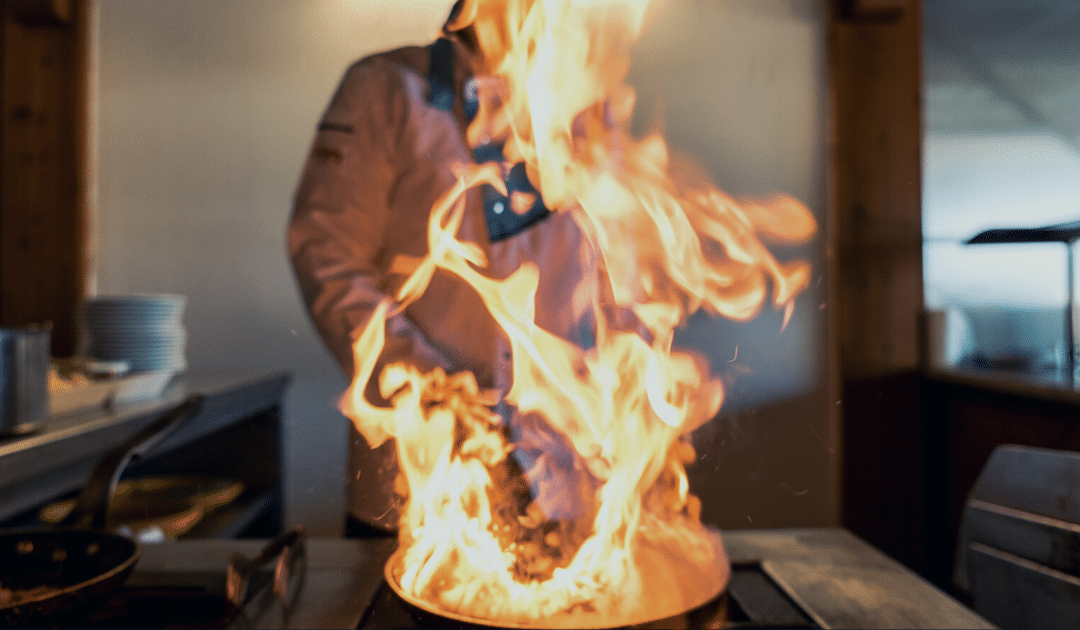
by California Casualty | Homeowners Insurance Info, Safety |
Did you know that cooking fires in residential buildings happen more often on Thanksgiving Day than any other day of the year? Or that peak timing for fires is from 10am – 4pm — right when everyone’s preparing their turkey day feasts?
According to the National Fire Protection Association, unattended cooking is by far the number one contributing factor of cooking fires and fire deaths.
The following tips from NFPA will help you avoid the common pitfalls and serve up a holiday full of delicious dishes, happy memories, and a safe celebration.
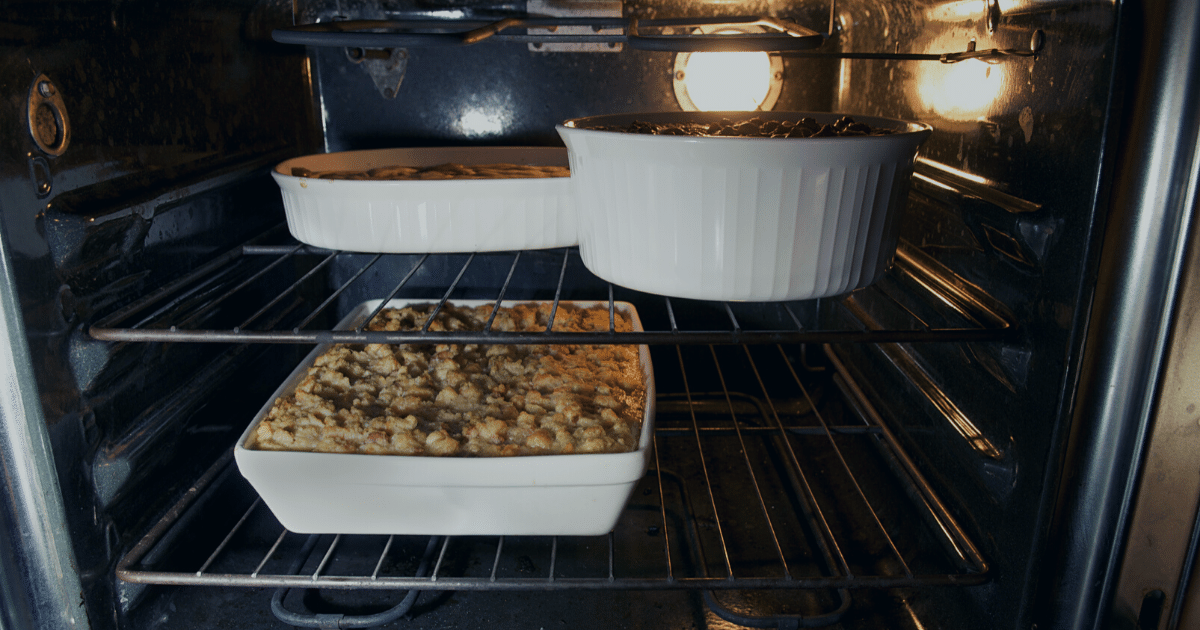
Remember to:
-
- Stay in the kitchen when cooking as much as possible:
-
- If you’re frying, boiling, grilling, or broiling food and need to leave the kitchen for even a short time, turn the stove off until you return.
- If baking, simmering, or roasting, check it regularly, stay in your home, and use a timer to remind you when it’s close to done.
- While cooking turkey, check on it frequently, and do not leave your home.
- Test your smoke alarms a few days before the holiday to make sure they’re working.
- Keep oven mitts, food packaging, towels, and any other flammable materials away from your stovetop.
- Keep the kitchen floor free of tripping hazards.
- Don’t use the stove or stovetop if you’re sleepy or have consumed alcohol.
- Be mindful of children:
- Keep them at least 3 feet away from the stove.
- Make sure knives, electric cords, and matches/lighters are out of reach.
- Ensure they stay away from hot food and liquids.
- Never leave them alone in a room with a lit candle.
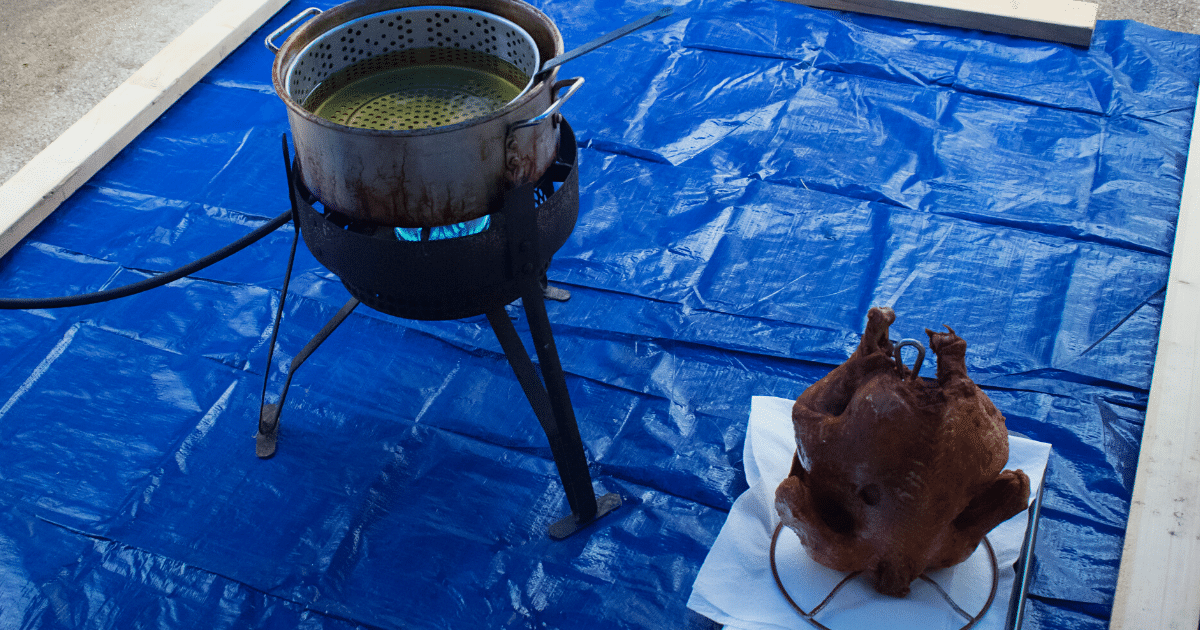
Prevent a Fryer Fire
Deep frying turkeys is all the rage — and unfortunately causes plenty of fires and injuries every year. If you plan to fry this year, follow these safety tips from the U.S. Fire Administration:
-
-
- Only use a unit specifically made for frying turkeys — don’t try to adapt cookware you already have.
- Only use the fryer outdoors on a sturdy, level surface that is a safe distance from anything flammable. Remember that fryers can easily tip over, spilling hot oil. Maintain a 3-foot zone free of kids and pets to protect against injuries.
- Make sure your turkey is fully thawed before frying it — a partially frozen bird will cause hot oil to splatter.
- Ensure that you use the correct amount of oil. An overfilled fryer will spill over when the turkey is placed inside.
- Do not leave the fryer unattended. A 15-pound turkey will take about 45 minutes to cook, so prep in advance so that you can stay outside the whole time.
- Use gloves and have extra potholders and supplies nearby. The pot, lid, and handles of the fryer can get very hot.
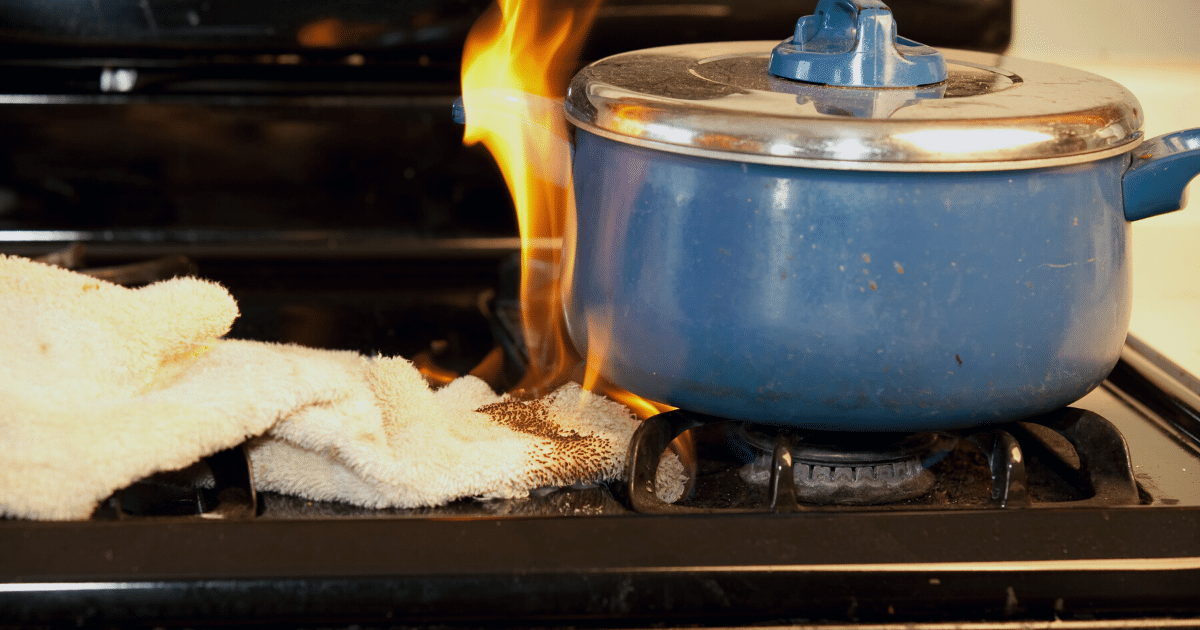
In Case of Emergency
A small grease fire can erupt suddenly — even despite best efforts at prevention. Here are some basic steps from the NFPA if one erupts on your watch.
-
-
- For an oven fire, turn off the heat and keep the door closed.
- If on the stovetop, smother flames by putting a lid or baking sheet over the pan, taking it off the heat, and turning the burner off. Leave the pan covered until completely cooled.
- Do NOT pour water on a grease fire — it will make it worse or even spread the fire. A lid or cooking sheet is best; pouring baking soda or salt on small flames can also help extinguish them.
- When in doubt, get out of the house. Close the door behind you and call 911.
The holidays are busy. Between cooking and hosting time and focus can feel scant. To let you focus on cooking — safe cooking, that is — enlist the whole family to help. Tasks such as shopping, decorating, and cleaning can be delegated. While in the kitchen, make sure someone else is on point for entertaining and taking care of things in the rest of the house. Finally, prepare activities (games, puzzles, books, etc.) ahead of time for children so that they’re occupied and out of the kitchen.
And most important: enjoy that precious time with your family — over a delicious, beautiful meal!
This article is furnished by California Casualty. We specialize in providing auto and home insurance to educators, law enforcement officers, firefighters, and nurses. Get a quote at 1.866.704.8614 or www.calcas.com.
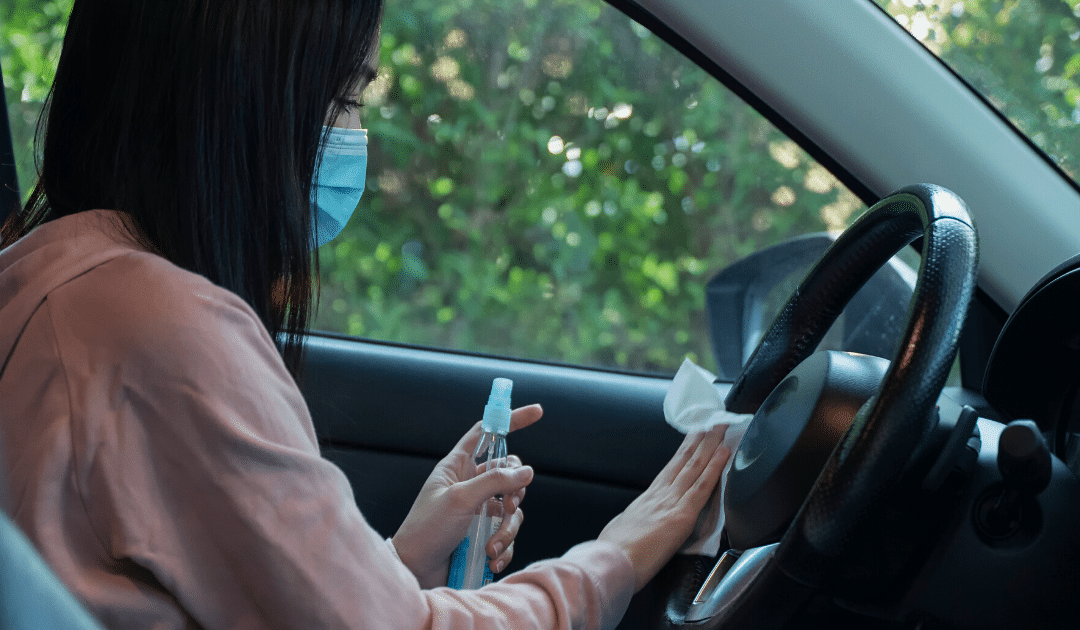
by California Casualty | Auto Insurance Info, Safety, Travel |
Whether you’re making the trek to visit relatives for the holidays or finally taking that delayed summer getaway, you may be getting ready to hit the open road again.
Of course, a road trip during a pandemic is quite different from our carefree road trips of the past. But with some prep work, some new safety habits, and a go-with-it attitude, you can still make your trip memorable and safe.
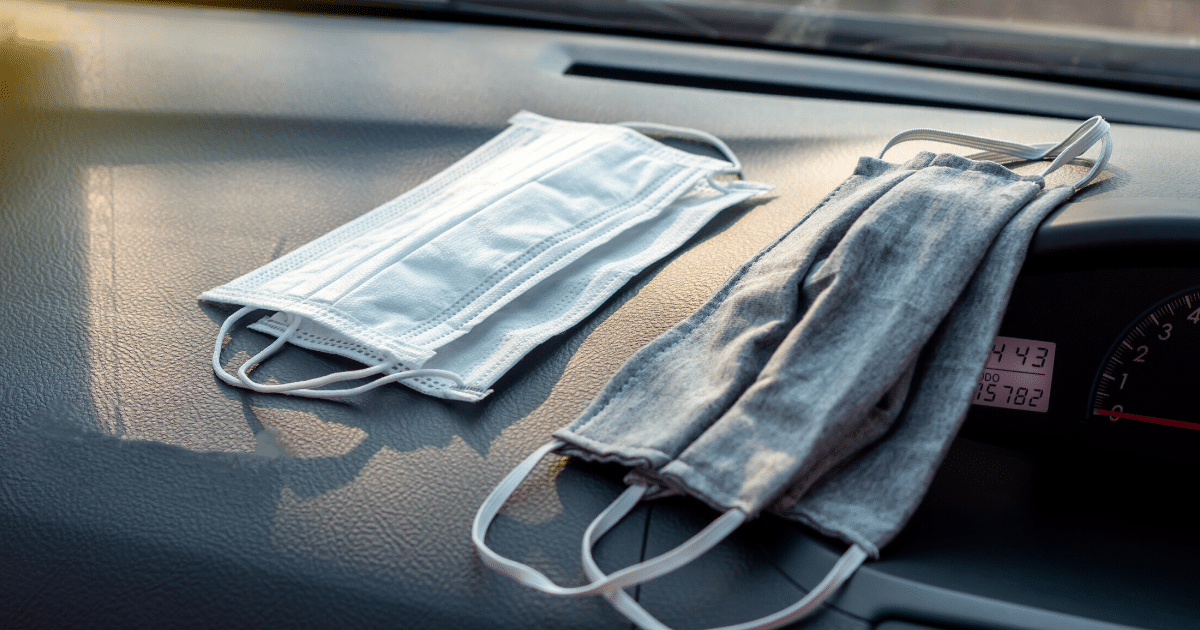
Service and Prep Your Vehicle
You want to be comfortable and safe on your trip, so put your mind at ease by giving your car a little love before heading out.
-
- Get it serviced. Schedule your car for a full service and inspection, which may include oil change, fluids check and top-off, tire check, brakes, etc.
- Double-check the emergency kit. Add, update, and replace items as needed. Use our handy essentials emergency kit article as your guide. Make sure it includes a first aid kit.
- Add Covid-specific supplies. Throw in extra masks, sanitizing wipes and gel (at least 60% ethanol or 70% isopropanol), and disposable gloves into your kit.
- Pack for comfort. Knowing you’ll be spending hours on the road, pack music, tablets, blankets, comfy shoes, and flip-flops, as well as jackets and easy-to-throw on layers. Sunglasses, stick-on sunshades, and sunscreen will help protect against all those UV rays (though not as hot in autumn, the rays can still do damage).
- Limit shopping along the way. Bring along things from home that you know are not contaminated, such as snacks, bottled water, medicine, phone chargers, and trash bags.
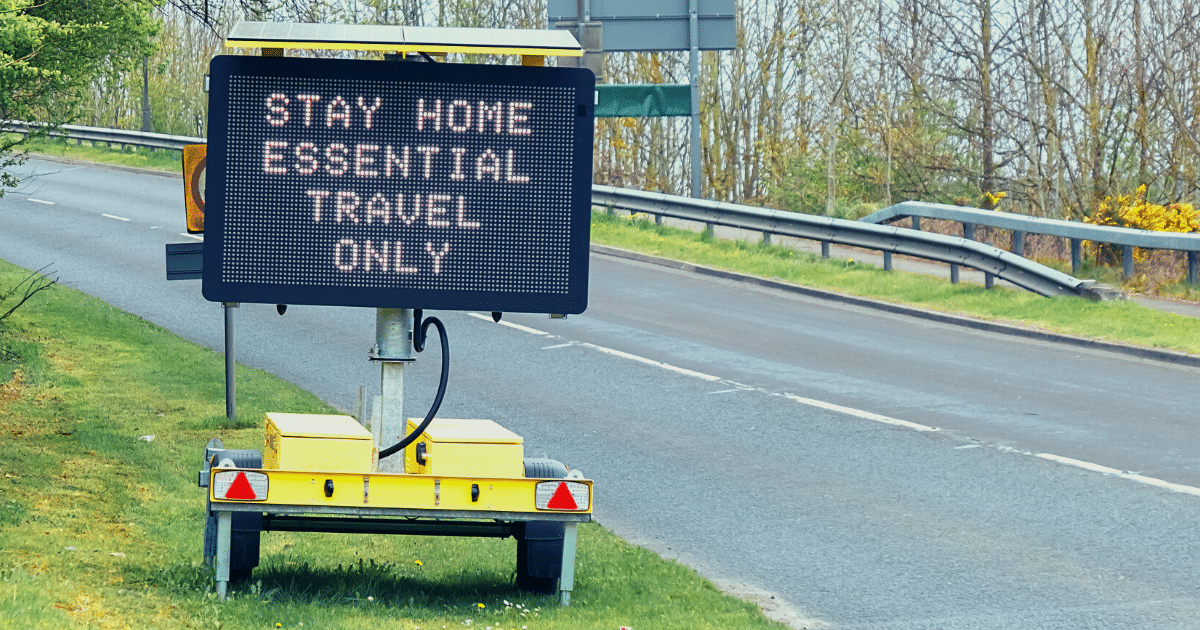
Plan It Out & Prep Ahead of Time
A lot has changed in the last several months, which means you’ll need to do a little more legwork ahead of your trip.
-
- Map out your route. Even if you’ve made this trip before, there may be unexpected closures along the way. Use a mapping app to get ahead of any problem areas.
- Check states and counties for Covid-19 case counts. Avoid traveling through areas with high breakouts or infection rates.
- Check travel restrictions for your destination and locations along the way. Some states and cities are requiring travelers from other areas to quarantine for 14 days upon entry (or are outright barring visitors).
- Before setting out, download one or two payment apps such as Apple Pay, Google Pay, Samsung Pay, and Android Pay to limit the number of germy PIN pads you have to touch.
- Have a plan in case you or a family member gets sick. This virus is wily, and sometimes sickness happens despite all your best prevention efforts. So have a contingency plan ready to go.
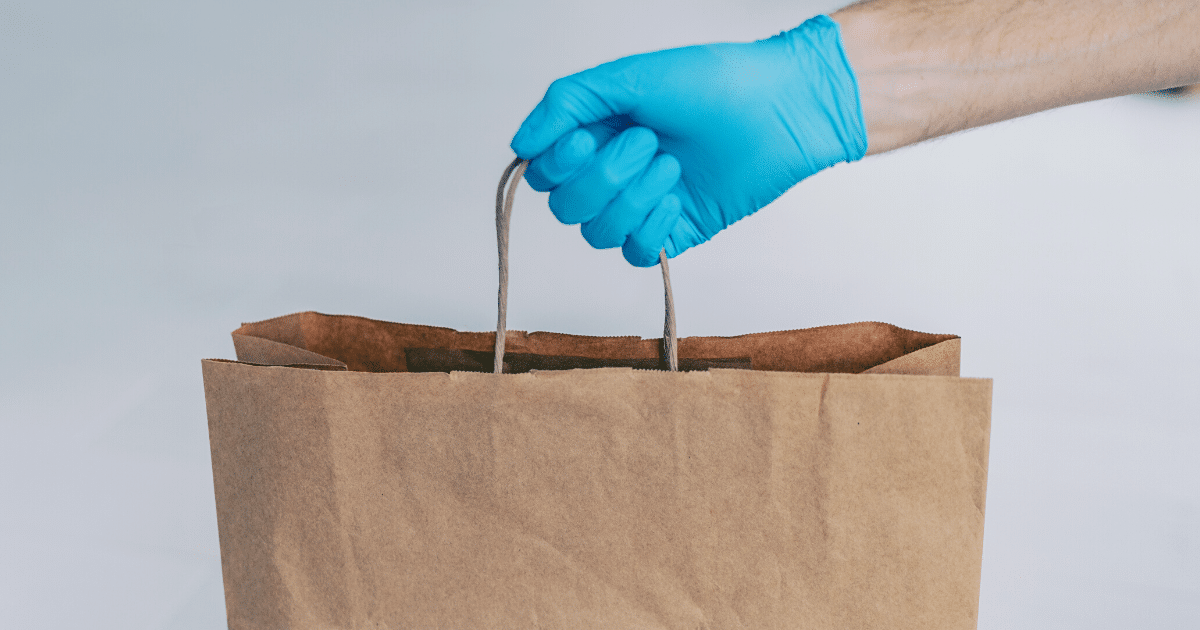
Have a Plan for Dining & Restaurants
Restaurants can be especially risky as hotspots for coronavirus transmission. Reduce yours and your family’s risk with these tips.
-
- Bring your own stash of non-perishable food in case of restaurant closures or limited dining options.
- Utilize drive-through, delivery, take-out, and curbside pick-up options if you want to reduce your exposure. Pack a family-sized picnic set (and blanket) ahead of time so you’ll have utensils and plates at the ready. Scout out parks or lakes where you and your family can eat.
- If a restaurant offers outdoor seating, choose that over sitting indoors. Bring coats and lap blankets if it’s chilly.
- If dining indoors, choose restaurants that maintain social distancing between tables indoors. Wear your mask as much as possible.
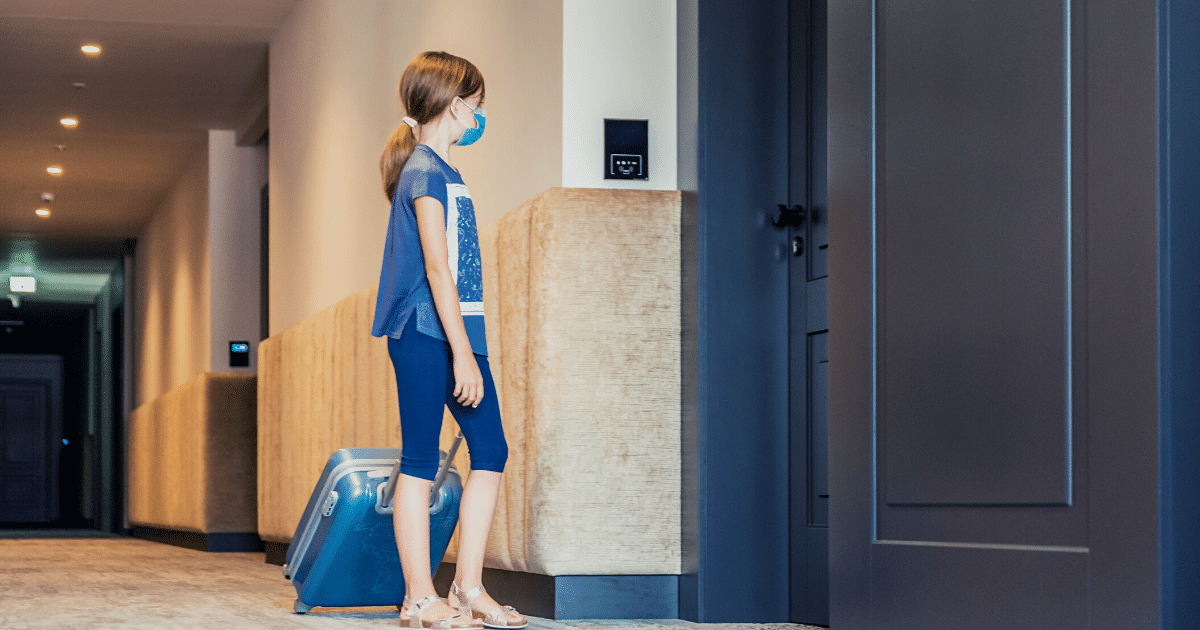
Know Your Game Plan for Hotels & Lodging
Because hotels are high-traffic areas, it’s important to take extra safety steps before, during, and after your stay.
-
- Research hotels and reserve in advance.
- Call ahead and ask about their policies on cleaning and disinfecting, as well as contactless check-in and check-out.
- Whatever the hotel’s stated cleaning policies, make sure you swipe high-touch areas in your room with disinfectant wipes: doorknobs and handles, bathroom fixtures and counters, light fixtures, TV buttons, and remote control, and any surface where you might put bags, computers, purses, etc.
- Ask the front desk to forgo housekeeping services, as it limits the number of people in your room.
- Minimize use of high-traffic areas such as lounge areas, dining areas, saunas, fitness centers, and salons.
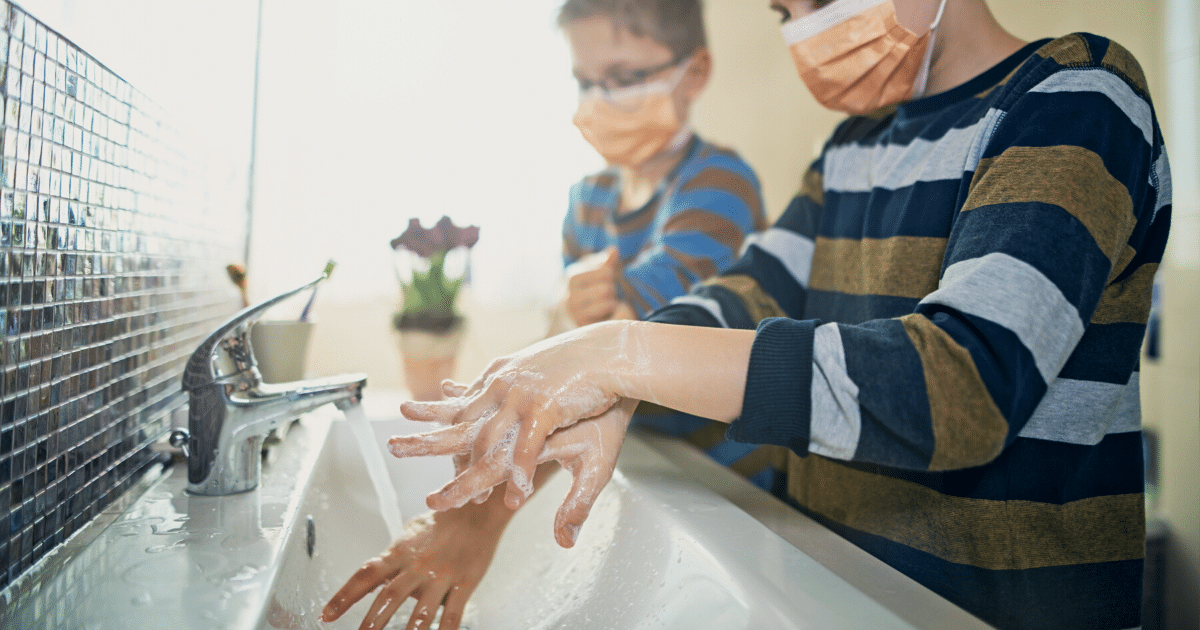
Must-Do’s for the Entire Trip
Make a habit of the following, and safety will soon become second nature.
-
- Follow the basics at all times: Frequent handwashing, mask-wearing in indoor public spaces (and outdoors where you can’t socially distance), and 6 feet distance between you and others outside your household.
- Limit the number of stops along your route.
- Use contactless payments wherever possible.
- Be cautious when touching fuel pumps – diligently use hand sanitizer after every use or use disposable gloves.
- Use hand sanitizer every time you enter your vehicle (same goes for family members), which will keep your vehicle’s interior clean.
- Wipe down your car’s interior every day – preferably multiple times. Especially germy surfaces include door handles, steering wheel, gear knob, stereo and temperature control dials, cup holders, and seatbelts.
- Have your whole family make a habit of wiping down their phones multiple times a day – phones may well be our most-touched item.
While road trips in 2020 may be nothing like those of the past, yours can still be something you and your family look back on with fondness, good feels, and probably some laughs as well.
This article is furnished by California Casualty. We specialize in providing auto and home insurance to educators, law enforcement officers, firefighters, and nurses. Get a quote at 1.866.704.8614 or www.calcas.com.
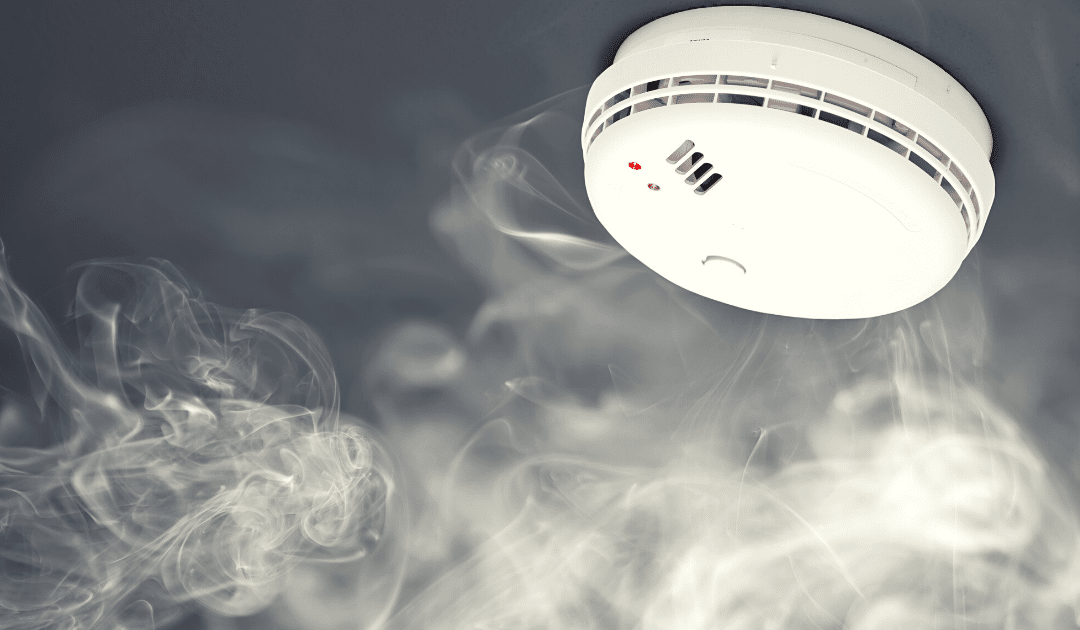
by California Casualty | Firefighters, Safety |
There are many more combustible materials in today’s homes than in years past, which means a spark or small fire can engulf a house in less than five minutes.
Smoke alarms are a critical first line of defense against catastrophic loss. To keep your family and home safe, follow these tips on installing alarms correctly, testing them, and ensuring that they’re properly maintained and cleaned.
Step 1: Installation
First, you should know that there are two types of smoke alarms: ionization and photoelectric. The first is more responsive to flaming fires, the second to smoldering fires. For best protection, use both types or a hybrid of the two. When it comes time to install them, remember to:
-
- Install alarms inside each bedroom as well as outside sleeping areas and on every level of your home, including the basement.
- Choose alarms that display the label of a recognized testing laboratory.
- Install wall-mounted alarms 4 to 12 inches from the ceiling, and ceiling-mounted models at least 4 inches from the closest wall.
- To avoid false alarms, place the units more than 10 feet from cooking appliances and 3 feet from bathrooms (shower steam can trigger them).
- Smoke alarms in the basement should be positioned on the ceiling at the bottom of the stairs leading to the next floor.
- For pitched ceilings, place alarm within 3 feet of the peak but not within the apex.
- Never paint smoke alarms or adhere stickers or decorations, as this can disable them.
- Don’t install alarms near doors, ducts, or windows where drafts might decrease their sensitivity.
- If possible, interconnect your smoke alarms using hard-wiring or wireless technology. This extra safety measure enables all the alarms to sound at once when any single one is triggered. Note that they must be from the same manufacturer.
Step 2: Testing
Be sure to keep the manufacturer’s instructions so you can properly test them and use for reference.
-
- While using ear protection, test alarms at least once a month using the “test” button. This ensures that your alarms have reliable power.
- Never test your alarm with real smoke or exhaust.
- Make sure you know what kind of batteries your smoke alarms have. Some units have non-replaceable 10-year batteries; others have batteries that need to be replaced every 6-12 months. For the latter, always have fresh replacement batteries on hand.
- Always replace batteries following the manufacturer’s instructions. If it specifies a particular battery, use that exact one or the alarm might not work properly.
Step 3: Maintenance & Cleaning
Smoke alarm safety depends on regular maintenance and cleaning. Do the following to ensure yours stay in proper working order.
-
- Maintain a monthly testing schedule and log your maintenance activities, along with any notes.
- If the alarm chirps, that means the battery is low and you should replace it right away.
- Clean alarms by gently vacuuming the outside of the unit with a soft brush attachment. You can also use a can of clean compressed air (sold at office supply stores).
- Never use water, solvents or cleaners on your alarm.
For more tips on home fire safety, be sure to read our Home Fire Safety Tips from Firefighters and check out this handy infographic.
Finally, make sure your family has a fire escape plan in place and that everyone understands and can follow it in an emergency. Use the National Fire Protection Association’s easy-to-use template here.
This article is furnished by California Casualty. We specialize in providing auto and home insurance to educators, law enforcement officers, firefighters, and nurses. Get a quote at 1.866.704.8614 or www.calcas.com.


















